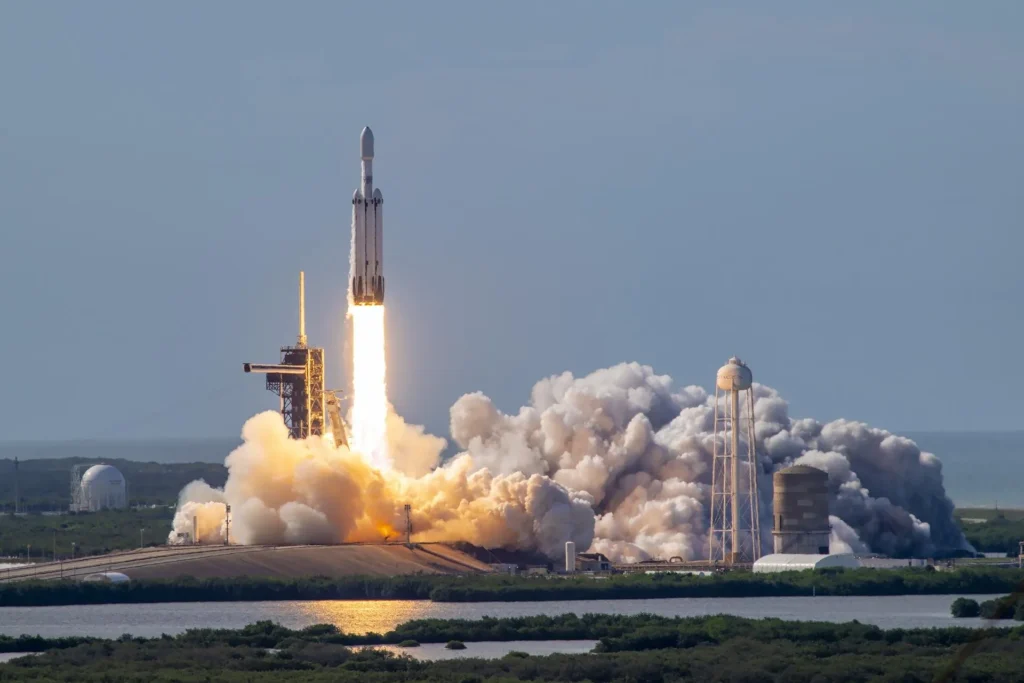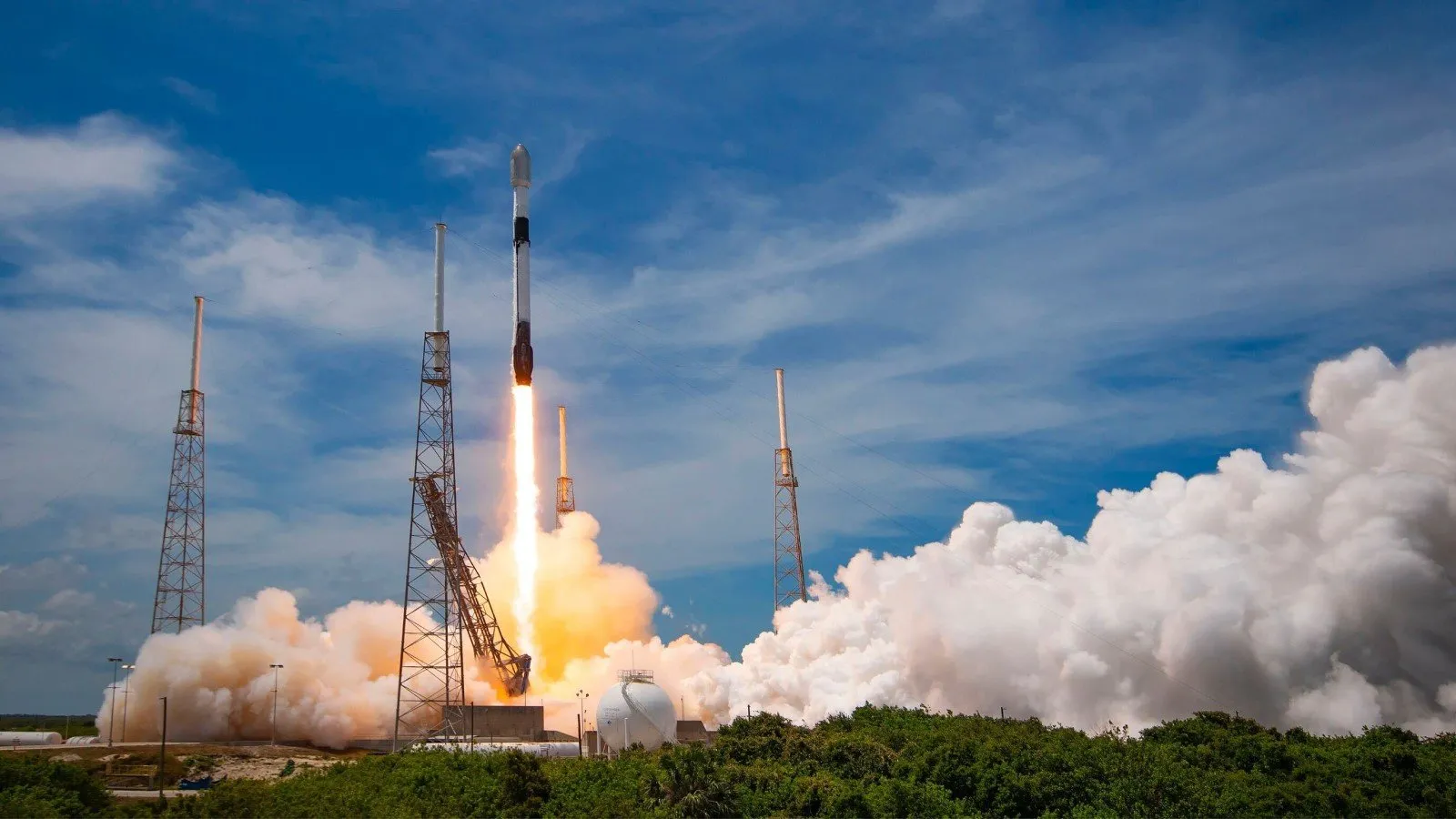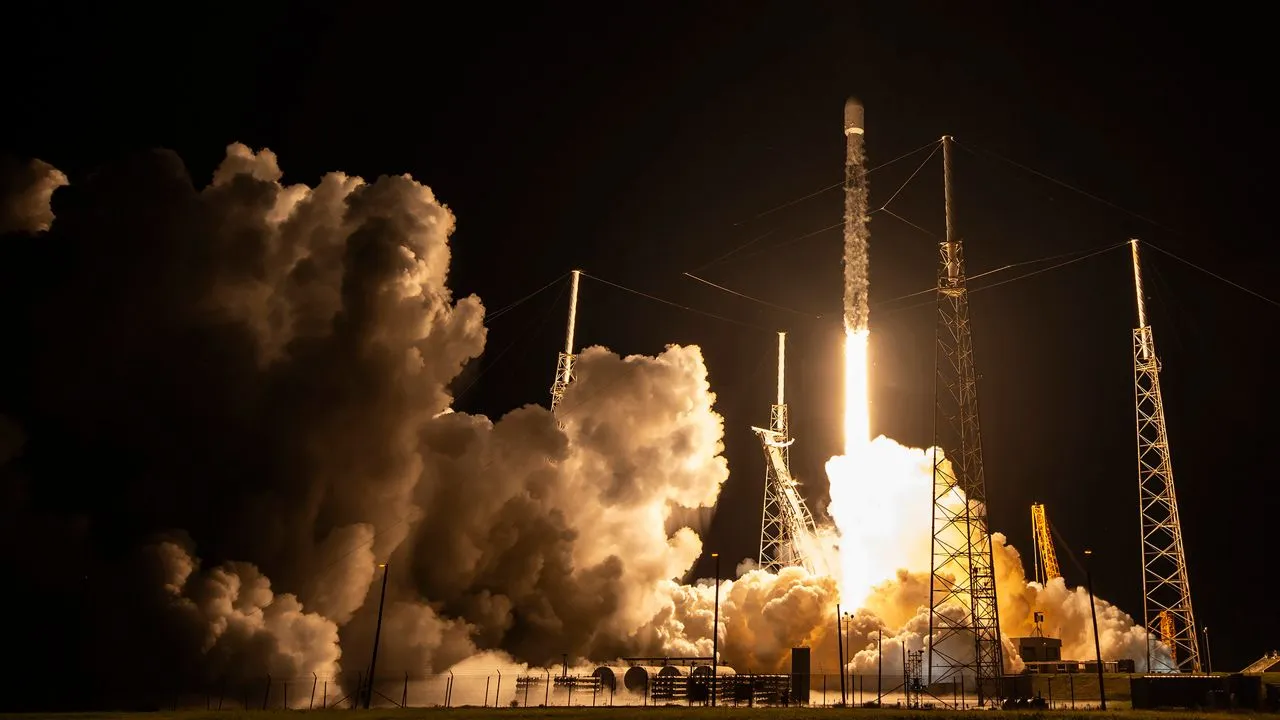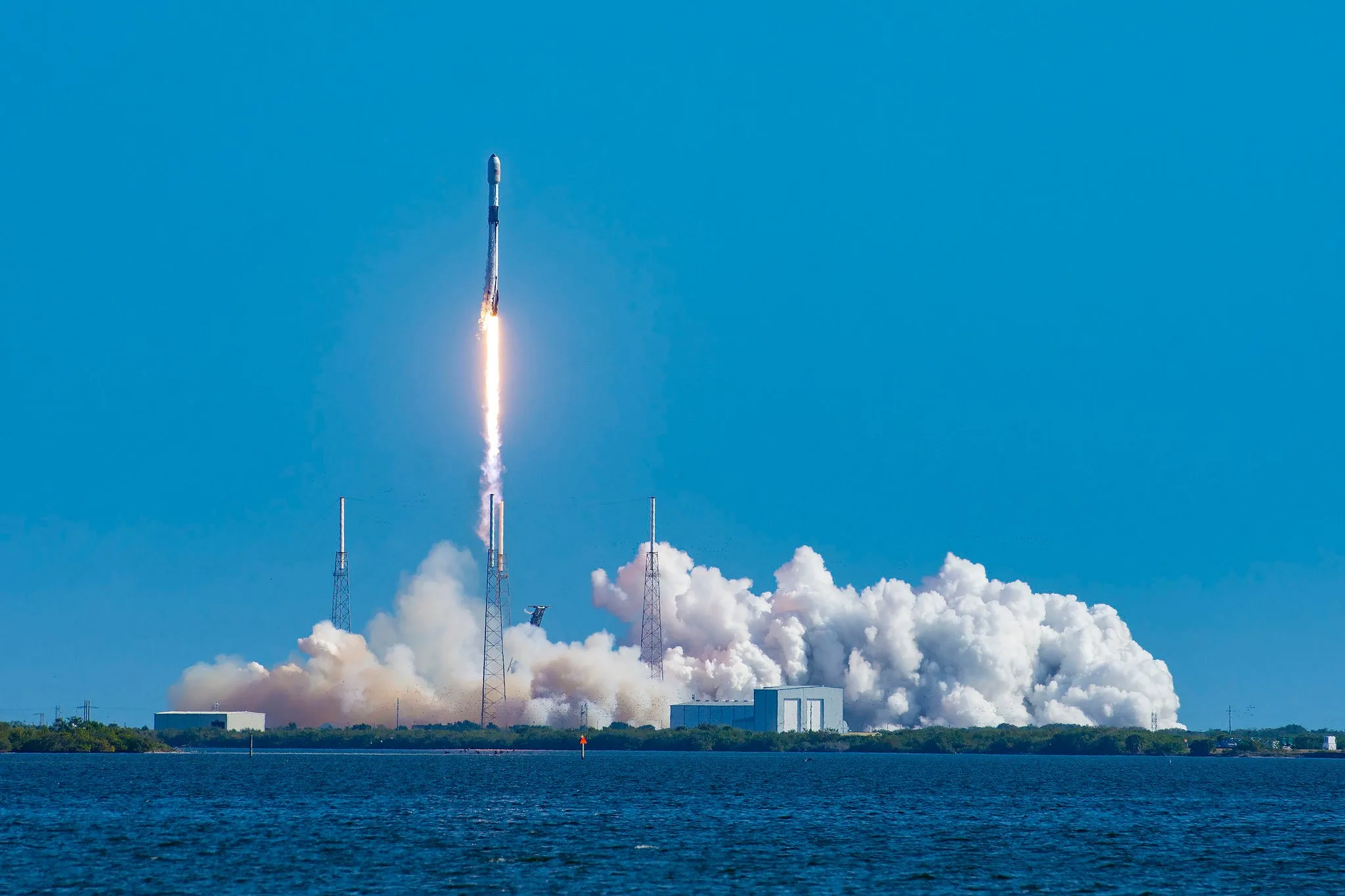
As the clock winds down on 2024, SpaceX is gearing up for one final show at the Kennedy Space Center. In what has become a signature finale for the pioneering space company, a Falcon 9 rocket is poised to light up the night sky, propelling 21 Starlink V2 Mini satellites into orbit. This launch, dubbed the Starlink 12-6 mission, is not just any mission; it features 13 satellites equipped with direct-to-cell phone capabilities, marking a significant technological stride.

The Launch: A Strategic Endeavor
Scheduled for 12:34 a.m. EST on December 31, this launch is SpaceX’s 132nd Falcon 9 flight of the year and promises to close 2024 with a bang. Originally set for a day earlier, the launch was postponed to the final minutes of its window due to delays in preparation, with the rocket rolling out late on the evening of December 29.
The anticipation for this launch has been building, especially after the 45th Weather Squadron forecasted a 60 percent chance of favorable conditions. Meteorologists highlighted potential challenges like cumulus and anvil clouds but noted that showers might move offshore just in time for liftoff, setting the stage for a dramatic nocturnal ascent.
A Veteran Rocket Takes the Stage
The Falcon 9 booster, designated B1078, is a seasoned veteran in SpaceX’s fleet, embarking on its 16th mission. This booster has an illustrious history, having supported critical missions including Crew-6 and multiple Starlink deployments. About eight minutes post-lift-off, SpaceX aims to land B1078 on the droneship ‘Just Read the Instructions’—a feat that, if successful, will mark the 390th booster recovery for the company.

Record-Breaking Ambitions
2024 has been a landmark year for SpaceX. With this final mission, the company will have launched 134 times, shattering last year’s record of 96 launches. The increase in launch cadence, nearly 40 percent year-over-year, underscores SpaceX’s growing dominance in commercial spaceflight.
The year was not without its challenges. Notably, a mishap during the Starlink 9-3 mission in July led to a temporary grounding of the Falcon fleet. However, SpaceX quickly returned to flight, demonstrating resilience and a robust response protocol. The Falcon fleet also faced a brief grounding after a failed booster landing in August, but again, clearance from the Federal Aviation Administration (FAA) was swiftly secured.
Looking Ahead: 2025 and Beyond
SpaceX’s ambitions for 2025 suggest no slowing down. The company plans to increase its launch frequency further, introducing new customers and more astronaut missions. Notable upcoming launches include commercial astronaut missions such as Fram-2 and Ax-4, as well as continued support for the International Space Station with Crew-10 and Crew-11 missions.

Moreover, SpaceX is set to play a pivotal role in deploying Amazon’s Project Kuiper satellites, with launches scheduled to start in mid-2025. This collaboration not only highlights SpaceX’s critical role in the infrastructure of tomorrow’s internet but also its growing influence across different sectors.
